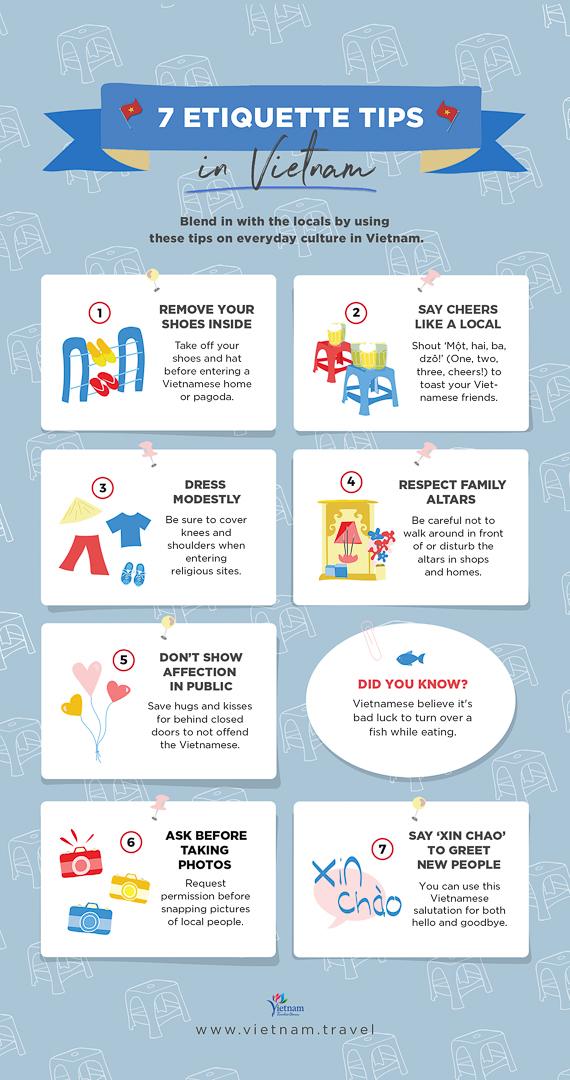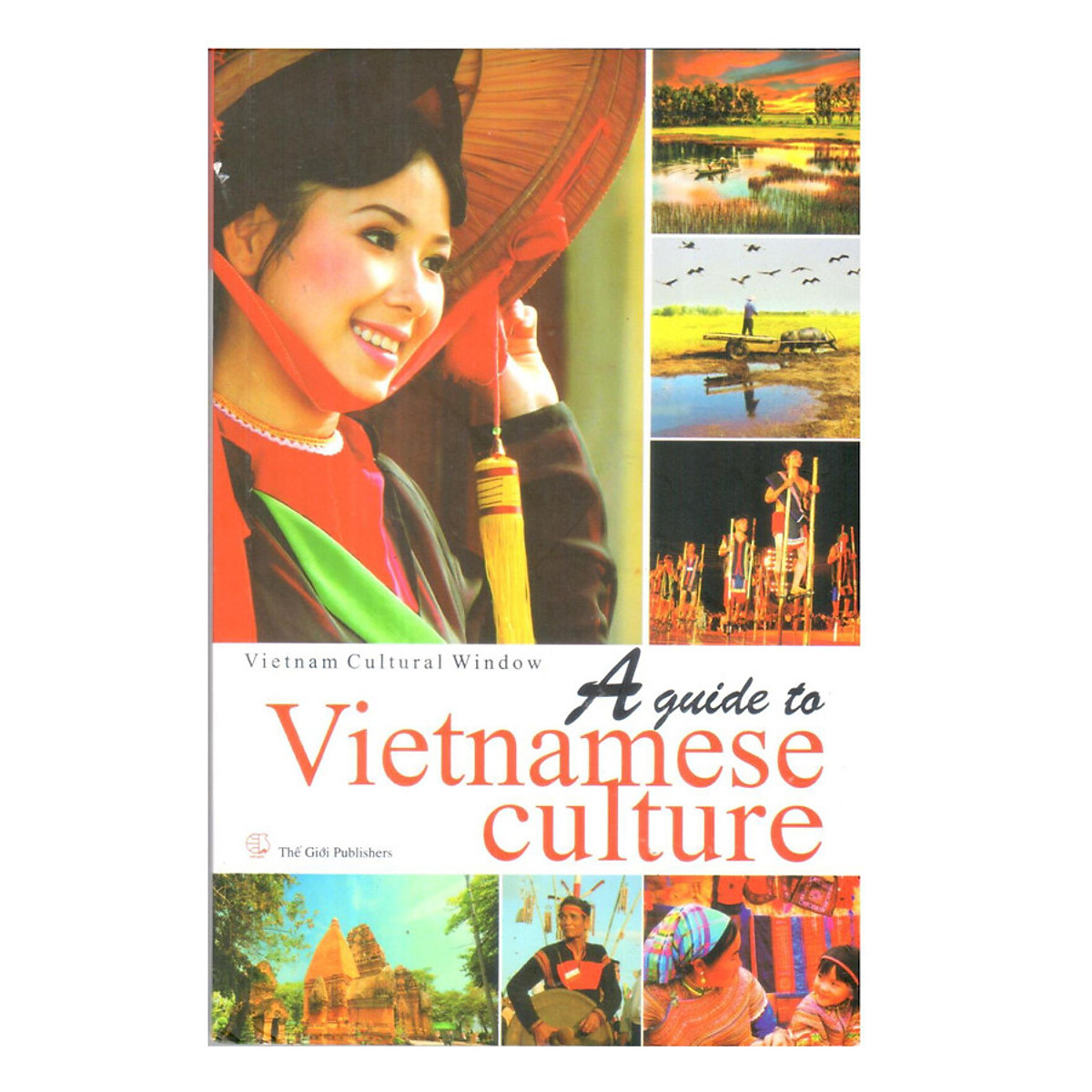Vietnam Culture Guide: A Deep Dive Into the Heart of Vietnam
Vietnam is a country known for its rich history, stunning landscapes, and deeply rooted culture. From bustling cities to tranquil rural villages, Vietnam’s cultural landscape is a dynamic mix of traditional values and modern influences. Whether you’re planning to visit or looking to understand the country better, this guide will take you through the essential aspects of Vietnamese culture.

The History Behind Vietnam’s Culture
Vietnam’s culture has been shaped by thousands of years of history, from ancient kingdoms to French colonization and the war that divided the country. Each period left its mark on the way people live, think, and interact with one another.
Ancient Roots and Influences
The earliest roots of Vietnamese culture trace back to the Đông Sơn culture, which flourished around 1,000 BC. Early influences from China played a significant role in shaping Vietnam’s language, writing system, and even its philosophy. Vietnamese traditions are heavily influenced by Confucian values, which emphasize respect for family, elders, and social harmony.
French Colonialism and Its Legacy
From the mid-19th century until 1954, Vietnam was under French colonial rule. During this time, the country absorbed French architectural styles, cuisine, and education. Today, you can still see the French influence in the beautiful buildings of Hanoi and Ho Chi Minh City.
Language and Communication in Vietnam
The Vietnamese language is the cornerstone of the country’s cultural identity. It is spoken by nearly 100 million people and has a rich set of tonal variations that can change the meaning of words.
The Vietnamese Alphabet
The Vietnamese alphabet uses the Latin script, which was introduced by French missionary Alexandre de Rhodes in the 17th century. Despite its French roots, the alphabet differs from its Western counterparts with additional diacritical marks that affect pronunciation.
Politeness and Respect in Communication
Vietnamese culture places a high value on politeness and respect, especially in communication. Addressing someone by their full title, such as Mr., Mrs., or professional titles like Doctor or Professor, is considered essential in showing respect. Younger people often use terms like “Anh” (older brother) or “Chị” (older sister) to address those who are older.
Tip: In Vietnam, showing respect to elders is paramount. This can be observed in everyday interactions, from simple greetings to formal business meetings.

Vietnamese Traditions and Festivals
Vietnamese traditions are deeply ingrained in the country’s daily life, and nowhere is this more evident than in its festivals. These festivals are celebrations of Vietnam’s agrarian roots and its close-knit family values.
Tet Nguyen Dan (Lunar New Year)
Tet is the most important holiday in Vietnam, marking the arrival of the Lunar New Year. It is a time when families come together to honor their ancestors, clean their homes to welcome prosperity, and share lavish meals. The celebrations include parades, dragon dances, and fireworks, creating a vibrant atmosphere.
Mid-Autumn Festival
Held on the 15th day of the 8th lunar month, the Mid-Autumn Festival is a family-oriented celebration. It’s known for its mooncakes, lantern parades, and performances. The festival celebrates the harvest and is also dedicated to children, who are the focus of the festivities.
Vietnamese Cuisine: A Taste of Culture
Vietnamese food is famous worldwide for its freshness, variety, and balance of flavors. The country’s cuisine is shaped by geography, with dishes varying significantly between regions.
Northern Cuisine: Subtle and Elegant
Northern Vietnamese cuisine, particularly in Hanoi, is known for its emphasis on fresh ingredients and subtle flavors. The dishes are often light and simple, relying on the balance between salty, sweet, and sour flavors. Pho, a noodle soup made with beef or chicken, is a prime example of Northern cuisine.
Central Cuisine: Bold and Spicy
Central Vietnam is where you’ll find bolder flavors. Bun Bo Hue, a spicy beef noodle soup, is one of the region’s most famous dishes. The use of chili, lemongrass, and shrimp paste gives Central Vietnamese cuisine its unique edge.
Southern Cuisine: Sweet and Hearty
Southern Vietnam, particularly Ho Chi Minh City, is known for its sweet and hearty dishes. The food here is influenced by the tropical climate, with ingredients like coconut milk, sugar, and fresh herbs. Com tam (broken rice) and Hu tieu (noodle soup) are popular dishes in this region.

Vietnamese Art and Architecture
Vietnam’s art and architecture reflect the country’s rich history and diverse cultural influences.
Traditional Art Forms
Vietnam’s traditional art includes water puppetry, which originated in the Red River Delta. The puppets perform on water, telling stories of rural life, legends, and myths. Vietnamese calligraphy, or Thư pháp, is another traditional art form that showcases the beauty of the Vietnamese script.
Architecture
Vietnamese architecture blends traditional wooden houses with French colonial-style buildings. The One Pillar Pagoda in Hanoi and the Saigon Notre-Dame Basilica in Ho Chi Minh City are iconic examples of Vietnam’s architectural diversity.
Tip: When visiting Vietnam, don’t miss the chance to explore the Imperial City of Hue and the Old Quarter of Hanoi, both of which are UNESCO World Heritage Sites.
Religion and Spirituality in Vietnam
Vietnamese religion is a unique blend of Buddhism, Confucianism, and Taoism, along with indigenous spiritual practices.
Buddhism and Ancestor Worship
Buddhism plays a significant role in Vietnamese spirituality. Many Vietnamese homes have altars dedicated to their ancestors, and worshipping ancestors is a common practice, especially during Tet. Temples and pagodas are common sites for prayer and reflection.
Cao Dai: A Unique Religion
Cao Dai is a syncretic religion that emerged in Vietnam in the early 20th century. It blends elements of Buddhism, Christianity, Confucianism, and Taoism. The Cao Dai Temple in Tay Ninh is a stunning example of this unique religious tradition.
Etiquette and Social Norms in Vietnam
Understanding Vietnamese etiquette can help you navigate social situations and show respect to the locals.
Greetings
When greeting someone, a polite handshake is common, especially in business settings. In more rural areas, you may find that a bow or a slight nod of the head is preferred. It’s also customary to address someone by their title or relationship to you (e.g., older brother, teacher).
Dress Code
When visiting temples or attending formal events, modest attire is required. It’s important to avoid wearing revealing clothing in these settings. In general, dressing conservatively is appreciated in Vietnam.
Tip: Always remove your shoes when entering someone’s home or a temple. This is a sign of respect.
Frequently Asked Questions (FAQs)
1. What should I wear when visiting Vietnam?
It’s best to dress modestly and comfortably. Lightweight clothing is ideal due to the tropical climate, but remember to cover your shoulders and knees when entering temples or religious sites.
2. Is it safe to travel to Vietnam?
Yes, Vietnam is generally a safe country for travelers. However, like in any other country, it’s important to stay alert, especially in busy areas, and keep an eye on your belongings.
3. What is the best time to visit Vietnam?
The best time to visit Vietnam is during the dry season, from November to April. The weather is cooler and more pleasant during this period, especially in the central and northern regions.
4. Are there any cultural taboos in Vietnam?
Yes, there are a few cultural taboos to be aware of. For instance, it’s considered disrespectful to touch someone’s head or point your feet at people or religious objects. Also, public displays of affection are generally frowned upon.
Conclusion: Embrace the Richness of Vietnamese Culture
Vietnam is a country brimming with cultural treasures, from its history and festivals to its food, art, and religion. Whether you’re visiting or learning from afar, understanding the essence of Vietnamese culture can enrich your experience. By respecting local customs and embracing the country’s diversity, you can gain a deeper appreciation of this beautiful nation.
Explore more about Vietnam’s culture and start planning your journey today!
